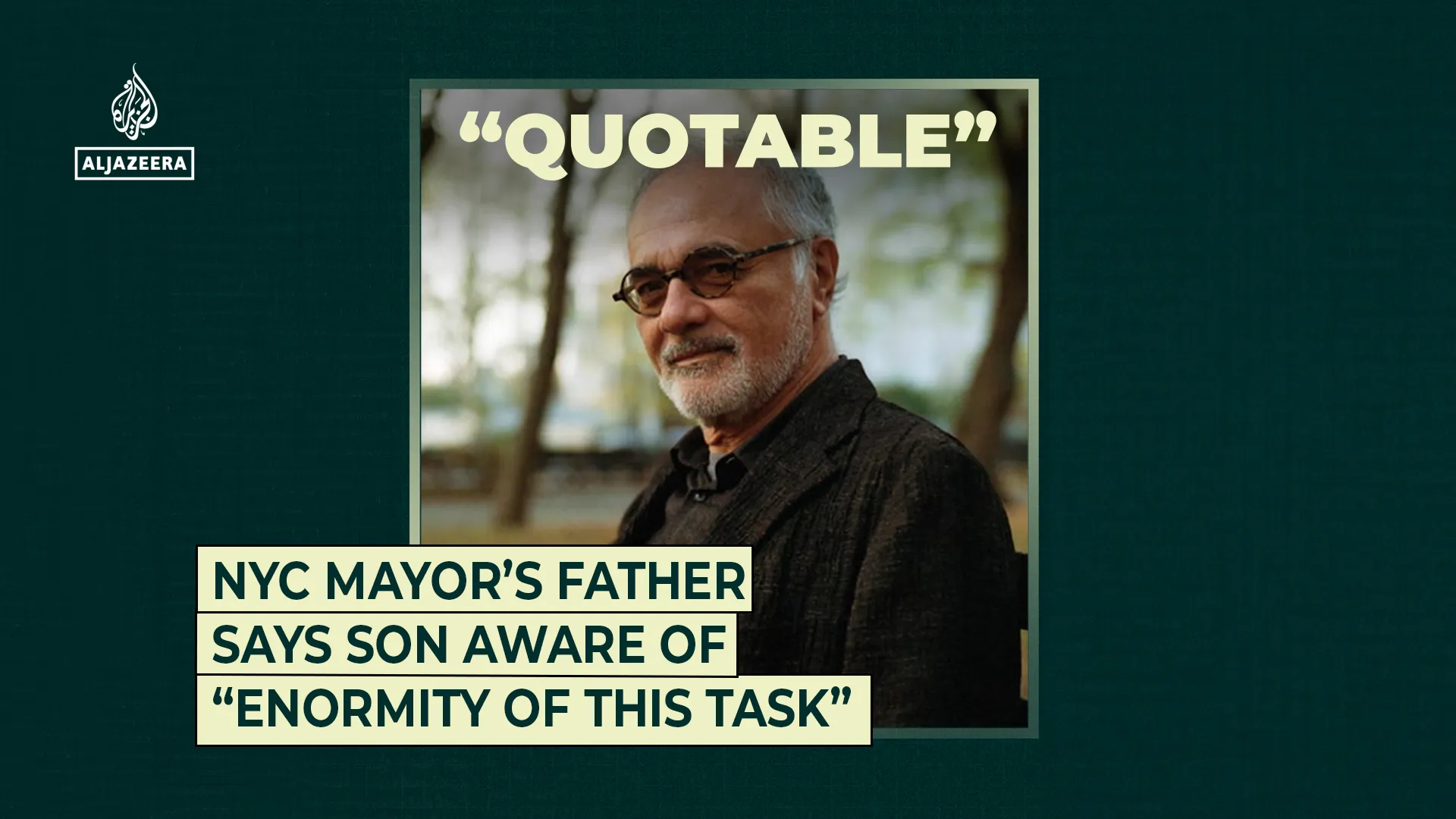Slaughtneil v St John’s: Slaughtneil manager McCormack aware of Johnnies’ threats
Experience of Ulster club hurling final day may be an advantage for Slaughtneil when they take on St John’s at the Athletic Grounds on Saturday (18:00 GMT), but manager Paul McCormack insists they will need much more to retain their provincial crown.
The Derry champions are appearing in their 10th final of their 13-in-a-row run of county success with a sixth Ulster title in their sights.
Last year, they got their hands on the Four Seasons Cup for the first time since 2021 when coming through in a thriller against Portaferry and they had to dig deep once again against the Down club in this year’s semi-final, winning 1-23 to 1-18.
There is a know-how of playing late in the year for this group, a result of their desire to get back to the All-Ireland stage with Galway’s Loughrea awaiting the winner of Saturday’s Ulster decider, but McCormack is aware St John’s will be equally motivated having ended their 52-year wait for an Antrim title.
“That [experience] is an advantage we have, but St John’s are coming fresh, hungry and eager to make their impact now,” the Keady native told BBC Sport NI.
“The Antrim championship is very hard won, so this is their time and they will do all they can to make that time count.
“Our experience, will it tell? We’ll see on Saturday evening. I would hope it would because our fellas are grounded, still hungry and have that desire, so they will need all those qualities to get through the game.”

